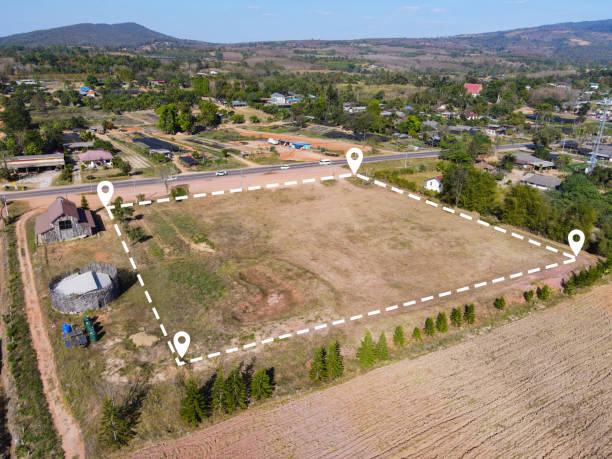Share This Article
Mr. Sharma, a modest man from Pandav Nagar, Delhi, found himself at a crossroads. He owned a 100 Gaj plot in Pandav Nagar with decent-sized piece of land in the heart of the bustling city. The property had been in his family for generations, and he held it dear. But with the increasing demands of city life and the rising cost of living, Mr. Sharma began to ponder the potential of his land.
One day, a representative from a mobile network company approached him with a proposition. They were interested in leasing his plot to build a mobile tower. The offer was enticing. The company promised a significant monthly rental income, and Mr. Sharma could see the financial benefits. However, there was a caveat. Building a mobile tower would require altering the land’s appearance and potentially impacting the surrounding neighborhood.
Mr. Sharma was torn. On one hand, the financial security and the opportunity to provide a better life for his family were tempting. On the other hand, he was concerned about the potential negative consequences. He knew that mobile towers had been a source of controversy in many areas, with residents raising concerns about health risks, property values, and aesthetics.
To make an informed decision, Mr. Sharma decided to do some research. He spoke to neighbors, consulted local authorities, and even contacted experts in electromagnetic radiation. He learned that while there was ongoing debate about the potential health risks associated with mobile towers, the consensus among most experts was that the radiation emitted was well below safe limits.
Despite the reassurances, Mr. Sharma still had reservations. He was worried about the impact on property values. He had heard stories of people struggling to sell their homes near mobile towers. He also considered the aesthetic implications. A towering structure in the middle of a residential area could be an eyesore.
Ultimately, Mr. Sharma decided to weigh the pros and cons carefully. He considered the financial benefits and the potential for long-term income. He also thought about the potential negative consequences, such as the impact on property values and the aesthetic appeal of his neighborhood.
In the end, Mr. Sharma decided to lease his plot to the mobile network company. He felt that the financial benefits outweighed the potential risks. He believed that the concerns about health and property values were largely unfounded, and he was willing to take a calculated risk.
However, Mr. Sharma also made sure to negotiate a favorable lease agreement. He ensured that the company would be responsible for any environmental impact assessments and that they would agree to certain conditions, such as maintaining the property and limiting the height of the tower.
As the mobile tower was constructed, Mr. Sharma watched with a mix of anticipation and apprehension. He was excited about the financial benefits, but he was also aware of the potential consequences. However, he believed that he had made the right decision. He had carefully considered all the factors and had taken steps to mitigate the risks.
As time passed, Mr. Sharma found that his fears were largely unfounded. The mobile tower did not have a significant impact on property values, and the aesthetic impact was minimal. In fact, the tower even became a familiar landmark in the neighborhood.
Mr. Sharma’s story is a reminder that making important decisions can be challenging. It is often necessary to weigh the potential benefits against the potential risks. In the case of mobile towers, the decision to lease a plot can be a complex one. However, by carefully considering all the factors and negotiating favorable terms, it is possible to make an informed and responsible choice.
